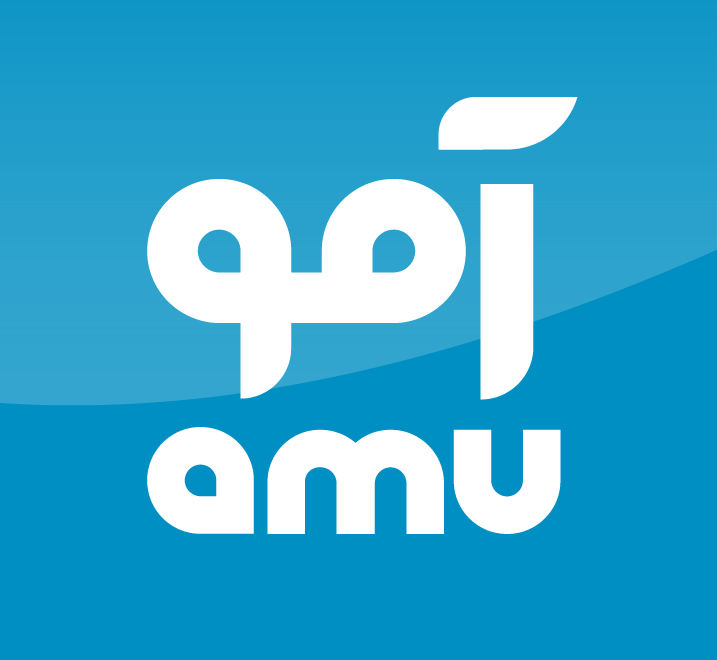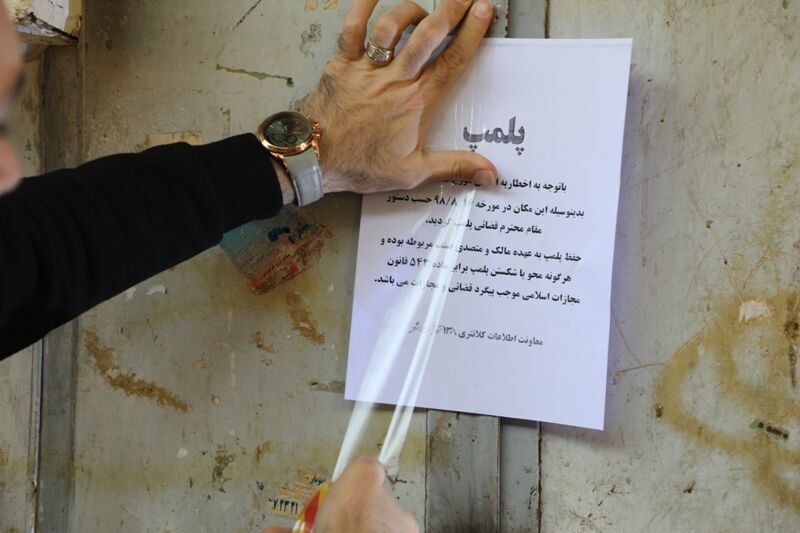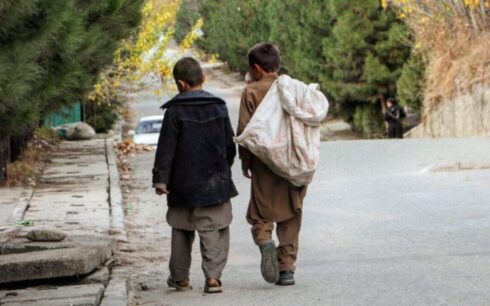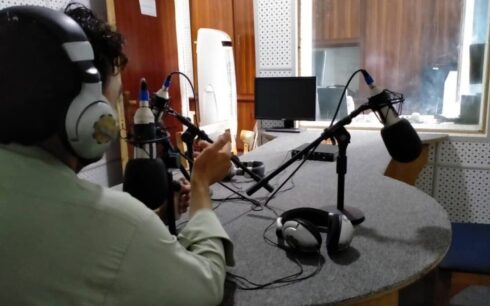Migration is one of the fundamental social and economic phenomena that emerges from war, economic crises, and political instability. For decades, Iran has been one of the primary destinations for Afghan migrants. However, Iran’s increasingly restrictive policies in recent years have drastically worsened living conditions for these migrants. Mass deportations, discriminatory practices, and the instrumental use of migrants in diplomatic bargaining have all contributed to rising concerns over human rights violations.
The migration flow from Afghanistan to Iran
The migration of Afghan citizens to Iran began in the 1980s and has escalated during various periods, especially after the collapse of the Islamic Republic of Afghanistan in 2021. According to the International Organization for Migration (IOM), Iran currently hosts more than three million Afghan migrants, many of whom live in legal limbo.
Since 2021, Iran has adopted increasingly harsh measures against Afghan migrants. According to the Afghanistan Independent Human Rights Commission, over one million Afghan nationals were deported from Iran in 2023 alone. These deportations often occur without legal due process, with no right to appeal, and under unhygienic and inhumane conditions at the border.
Reports from human rights organizations indicate that in detention camps, migrants are subjected to both physical and psychological abuse, and many have been deported without their asylum claims being properly reviewed. These actions constitute a clear violation of Article 33 of the 1951 Geneva Convention, which prohibits the forced return of refugees to dangerous areas.
Rather than offering legal pathways, Iran has implemented complex registration procedures such as the kafalat (sponsorship) system and repeated population counts like the “Sixth Census” in Qom. These processes have only made legal residency more difficult for Afghans. Many migrants wait months to register—an exhausting bureaucratic tactic that often leaves them with no option but to leave the country.
Afghan migrants in Iran face a wide range of systemic discrimination. Often treated as “second-class citizens,” they are denied access to formal education, legal employment, and basic financial services such as banking or telecommunications.
Media reports indicate a sharp rise in verbal and physical violence against Afghan migrants. In multiple instances, Afghan nationals have been attacked in groups by Iranian citizens, with security forces reportedly complicit in some cases.
Migration as leverage in bilateral tensions
One of the key flashpoints in Iran-Afghanistan relations is the dispute over water rights from the Helmand River. Iran has repeatedly used the issue of Afghan migrants as a bargaining chip against the Taliban authorities. For instance, during periods of heightened tension over water rights, the rate of deportations has surged.
Afghan migrants make up a significant portion of Iran’s labor force. They take on some of the hardest jobs—including construction, agriculture, and sanitation. Yet, they are vulnerable to exploitation due to low wages, lack of contracts, and the absence of legal protections.
Iran is not a signatory to the 1951 Refugee Convention, but under customary international law, it remains bound by the principle of non-refoulement—prohibiting the forced return of refugees to danger. The mass expulsions of Afghan migrants are a direct violation of this principle.
Iran’s discriminatory treatment of Afghan migrants also breaches Articles 2, 3, 5, and 26 of the Universal Declaration of Human Rights, which uphold principles of equality, the prohibition of torture, and humane treatment.
Conclusion
Iran’s current policies toward Afghan migrants have not only triggered a humanitarian crisis but have also significantly strained relations between the two countries. Amid growing international scrutiny and human rights pressure, Iran may ultimately be forced to revise its migration policy.
Recommendations:
International organizations must intensify pressure on Iran to halt forced deportations.
The Taliban administration must pursue diplomatic engagement with Tehran to ensure better protections for Afghan migrants.
Afghan civil society and human rights groups must strengthen documentation of violations to hold Iran accountable in international forums.
Khalid Siddiqi is a graduate of law and political science and has previously worked at Afghanistan’s Ministry of Foreign Affairs and the Administrative Office of the President.
The views expressed in this piece are those of the author and do not necessarily reflect the editorial position of Amu.





